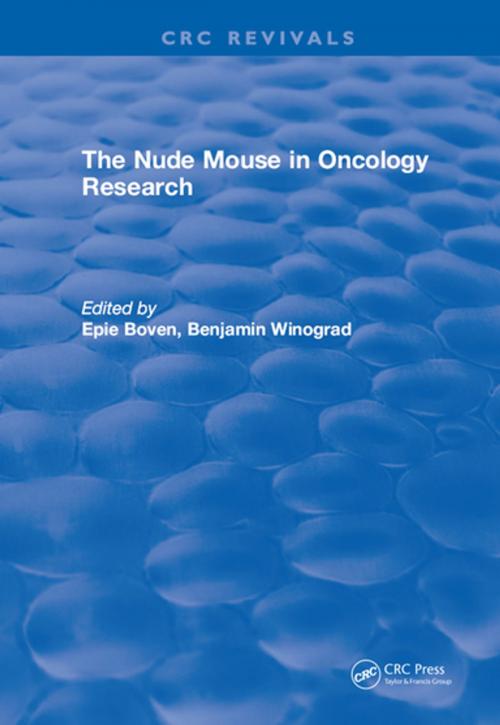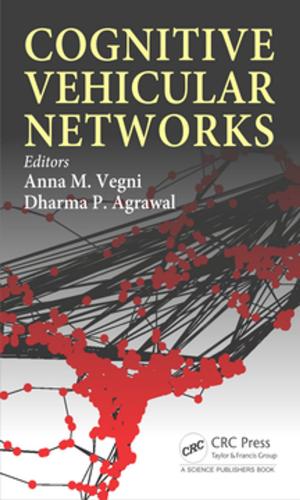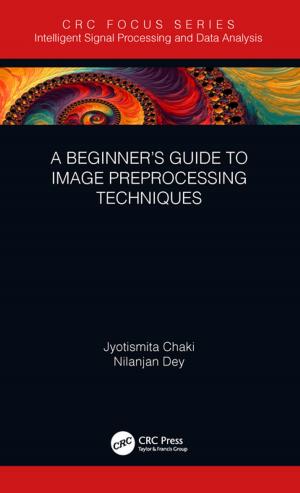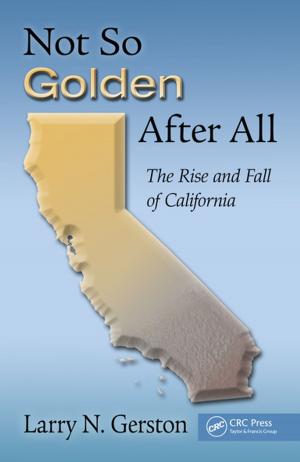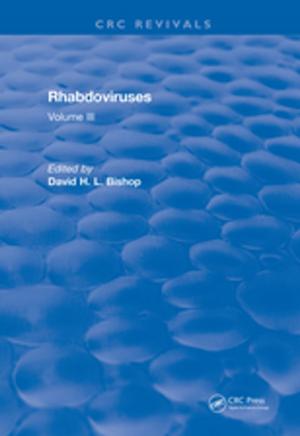| Author: | Epie Boven | ISBN: | 9781351094115 |
| Publisher: | CRC Press | Publication: | January 18, 2018 |
| Imprint: | CRC Press | Language: | English |
| Author: | Epie Boven |
| ISBN: | 9781351094115 |
| Publisher: | CRC Press |
| Publication: | January 18, 2018 |
| Imprint: | CRC Press |
| Language: | English |
The nude, athymic mouse (nu/nu) has become generally accepted as a valuable tool to study the biology and therapy of human cancers. This volume presents a critical review of the scientific merits of the animal as a recipient of human tumor tissue transplants. Important information is provided regarding biology, immunology, and measures for genetic and microbiological control of the nude mouse. The discussion of transplantation sites and transplantability of human tumor tissue to the animals includes both the description of host factors and the tumor type involved. The characterization and monitoring of xenografts is followed by a review on their possible application for studies in tumor biology, such as hormones, growth factors, drug resistance, tumor markers, and heterogeneity. Experimental therapy is dedicated to cytostatic agents, hormones, monoclonal antibodies, cytokines, differentiation inducers and radiotherapy. The book also provides critical remarks regarding the limitation of the nude-mouse tumor models. The Nude Mouse in Oncology Research will provide essential reference information for oncology researchers, researchers who work with the nude mouse on a regular basis, and pharmaceutical companies.
The nude, athymic mouse (nu/nu) has become generally accepted as a valuable tool to study the biology and therapy of human cancers. This volume presents a critical review of the scientific merits of the animal as a recipient of human tumor tissue transplants. Important information is provided regarding biology, immunology, and measures for genetic and microbiological control of the nude mouse. The discussion of transplantation sites and transplantability of human tumor tissue to the animals includes both the description of host factors and the tumor type involved. The characterization and monitoring of xenografts is followed by a review on their possible application for studies in tumor biology, such as hormones, growth factors, drug resistance, tumor markers, and heterogeneity. Experimental therapy is dedicated to cytostatic agents, hormones, monoclonal antibodies, cytokines, differentiation inducers and radiotherapy. The book also provides critical remarks regarding the limitation of the nude-mouse tumor models. The Nude Mouse in Oncology Research will provide essential reference information for oncology researchers, researchers who work with the nude mouse on a regular basis, and pharmaceutical companies.
